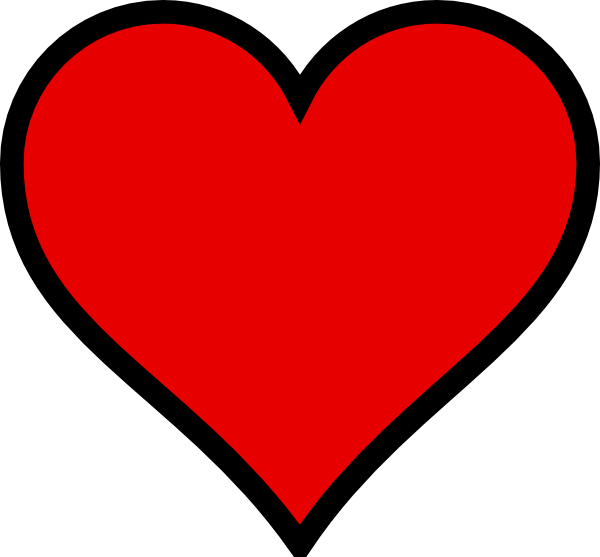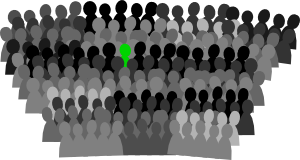I just want to raise a cheer for pictograms.
A pictogram is a drawing of something. At its most basic, a drawing of a duck-billed platypus used as a pictogram will mean...well, a duck-billed platypus.
It might mean that duck-billed platypuses are welcomed, banned, seen, fed or eaten. If you wanted to make clear which of these was the case you'd probably have to use an ideogram, too.
That sounds complicated, but pictogram/ideogram mixtures are used all the time. Like this:

The pictogram is the picture of the roundabout (the sort traffic goes round) and the red triangle is a ideogram which means WATCH OUT!
One great advantage of pictograms is that they can be used to communicate with people who don't know your language. A picture of a pig will get the message across whether you call it a pig or a schwein or a cochon.
The very first writing started off as pictograms. They are slower to use than letters, but they can be very beautiful:

That's the oldest music notation known in the world. It's a hymn to the moon god's wife. Stunning, isn't it.
Now I come to think about it, western written-down music has a pictogram element: the notes show their pitch, and to some extent their length, according to their position on the page.
Just sometimes pictograms can say things which are hard to put into words.
Like this, perhaps:



Ahhhhhh...........
Thing To Use Today: pictogram. This word was made up in the early 1900s. It comes from the Latin word pictus, from pingere to paint, and the gram bit comes from the Greek word grammē, which means line.
PS I suppose the heart picture, above, is more of an ideogram than a pictogram. But you know what I mean.
What a lovely post! All fascinating stuff but it reminds me of the parlour game where you have to DRAW pictograms for your companions to guess and I loathed that game because I was so very dreadful at it.
ReplyDelete